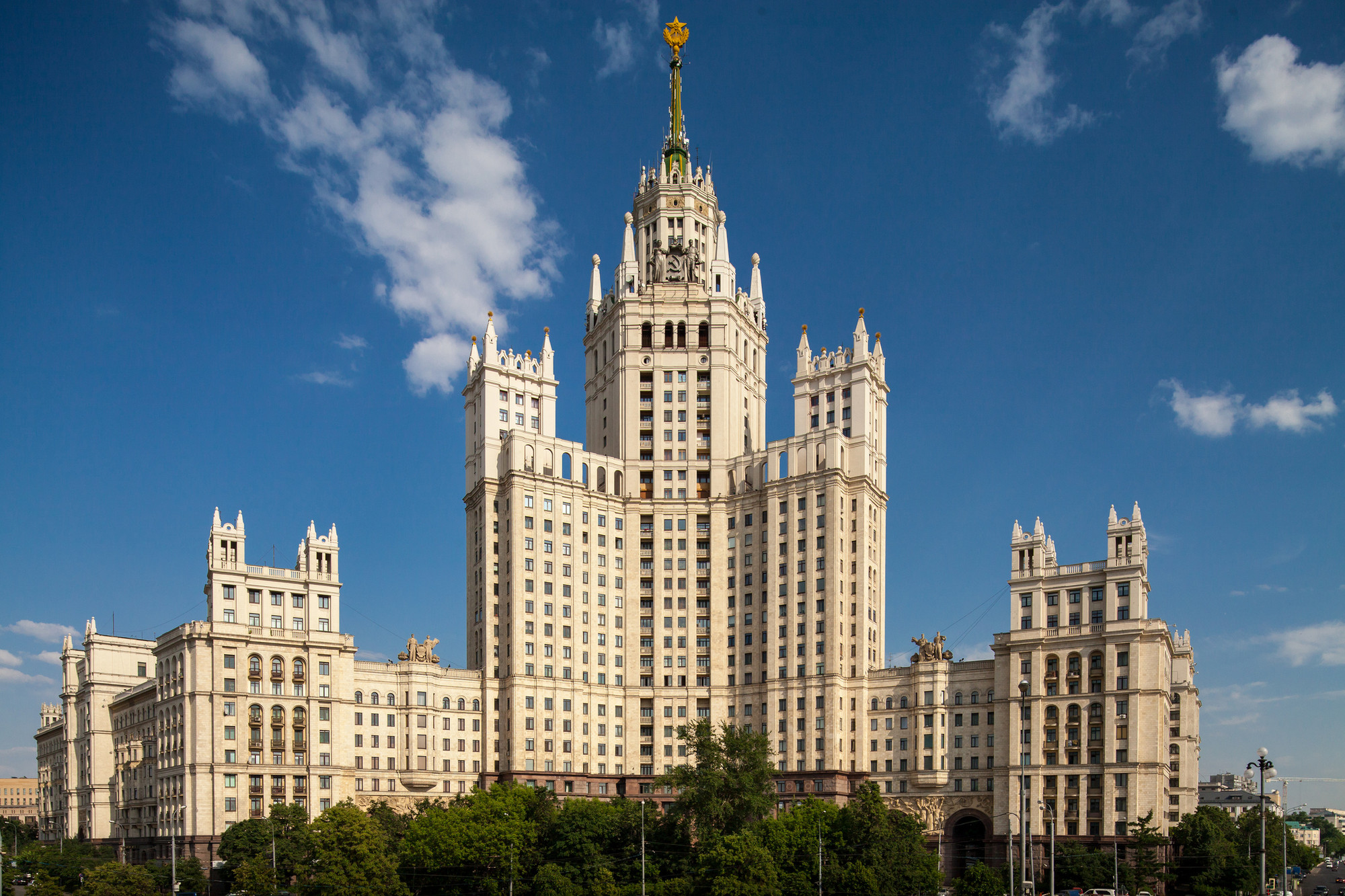Architecture And Ideological Paradoxes
Published:

Isn’t this the fundamental paradox of Stalinist architecture that we have a society, Stalinist communism, which officially presented itself as, you know, an egalitarian, just, the working class in power, and so on. Then you look at the building and what you see immediately there is some oppressive gothic quasi-medieval hierarchic image. Architecture tells the truth. What was not allowed to state publicly was materialized in the stones there. It is for me, how should I put it, a spontaneous critic of ruling ideology.
This is from an interview of Slavoj Zizek on his book The Parallax View. He continues:
What I mean by parallax is not the usual meaning of the term which is that you observe an object from different angles, you see a change, but that change is not a change in the object but rather in how you relate to the object. I think one should add another twist and transpose this shift, which may appear just to be a shift in your perspective, into reality itself. What interests me are objects which are in themselves inconsistent. Once they appear in this way, then they appear in another way, but there is no ultimate truth … They are the materialization of inconsistency itself. . … For instance, in Liebskind, the buildings look as spatial materialization of parallax. They look as if they do not follow a consistent plan and embody conflicting elements. What social tension or ideological antagonism these building try to project is, I think, very clear; especially in our so-called postmodern architecture, buildings which enact as public spaces, but these public spaces are secretly or not so secretly privatized.


Leave a Comment